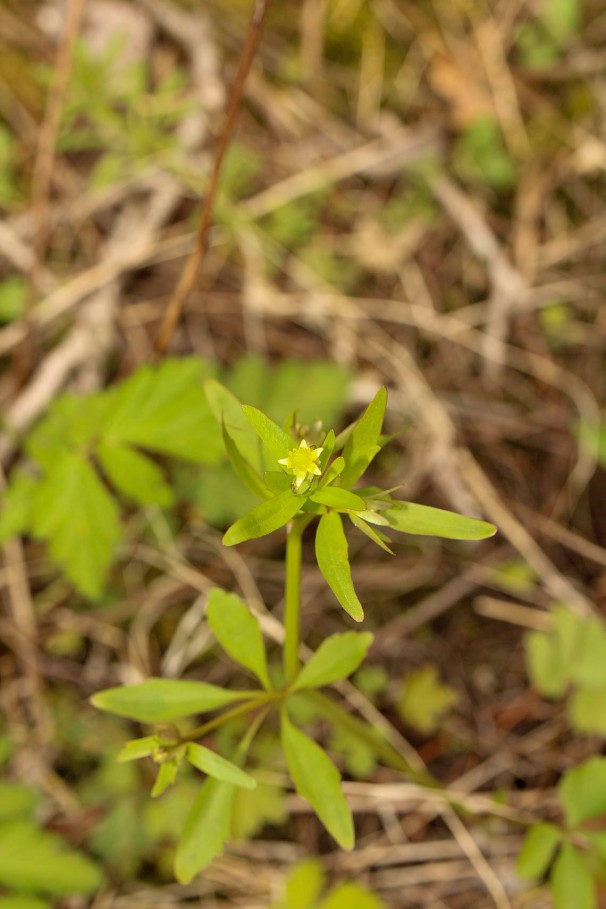I’m getting started on this blog again a little bit later than I anticipated. I recently found out that my broken ankle needs to have surgery (an arthroscopic excisional debridement) so I won’t be able to head out on the trails soon. My consult is on May 20th. I guess that the good news is I should be able to update this blog more frequently.
Of course, due to COVID-19, as well as the broken ankle, I’ve lost out on a lot of opportunities this year. The field trips and walks I was supposed to lead were canceled. I was supposed to begin a prairie restoration with a 4-H group; that has since been abandoned. I was going to begin the restoration on my own, but then I found out I was having surgery. My citizen-based monitoring conference was also canceled, as well as the Rare Plant Monitoring Project training at first, although that has since been turned into online videos (which I’ve already completed).
The only opportunities that have remained are the plant surveys, both with the university researcher and the Rare Plants Monitoring Project, which I just started. Since I have been heading out into the field to do plant identifications, I have a lot of pictures.
Buttercups can be confusing. I told the researcher that I had images of buttercups for him, but I wanted to spend time making sure I had them identified correctly. At Astico, it doesn’t take long for several buttercup species to be in bloom at the same time. Generally, what I find most helpful in identification is to pay attention to the leaves.

Early Buttercup (Ranunculus fascicularis), as its name suggests, is normally the first buttercup species that I find. Within Astico, I tend to find this buttercup on the eroded slopes of the trail near the river, which I suspect is because it tends to prefer drier soil conditions, so they tend to show up where there is sand or rocks. Note how the lobes of the leaves are much longer than they are wide. The 5 petals tend to be narrower as well and have a waxy appearance. The flower itself is about 1″ in size. These plants bloom from April-May in Wisconsin.

This buttercup has many names. Ranunculus hispidus is known to me as the swamp buttercup, but others may know it as the hispid buttercup or bristly buttercup. I had a discussion with someone on a Facebook group about its name; she had asked me if I thought hispid and swamp were two different species. Although there is still some debate whether they are separate species, they are often now considered two different varieties of hispidus, var. caricetorum and var. nitidus. Some texts and reference sites may still use the former name/alternate name, Ranunculus septentrionalis. Given the location, this is likely the nitidus variety.
As its name also suggests, Swamp Buttercup grows within moist areas with some shade, although it won’t tolerate standing water for long. They tend to form large, loosely formed colonies. There are also typically 5 petals on this flower, but more may be present, as shown on the image above. Once again, the texture appears waxy in sunlight. The flowers are a little less than an inch across. Leaves are distinctly 3-lobed with sharp teeth. These bloom from May-June.

Ranunculus abortivus, the Little-Leaf Buttercup or Kidney-Leaved Buttercup, tends to be weedy. It can grow in disturbed sites or cliffs, but it does also grow in moist wooded conditions. It isn’t shown well in my image above, but the basal leaves are kidney-shaped, while the stem leaves are long with 3-5 lobes. The flower itself is only about 1/4″ with narrow petals. These bloom from April-June.
Buttercups are most definitely not a wild edible. Indeed, they are quite toxic. They contain ranunculin, which breaks down into protoanemonin when the leaves or flowers are crushed. This can cause dermatologic issues like burning, itching, rashes, or blisters, but when eaten it can cause dizziness and paralysis.